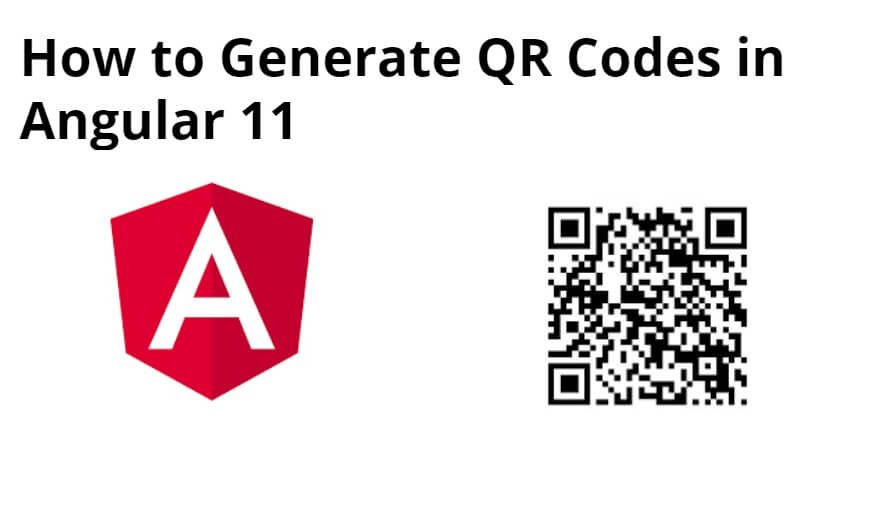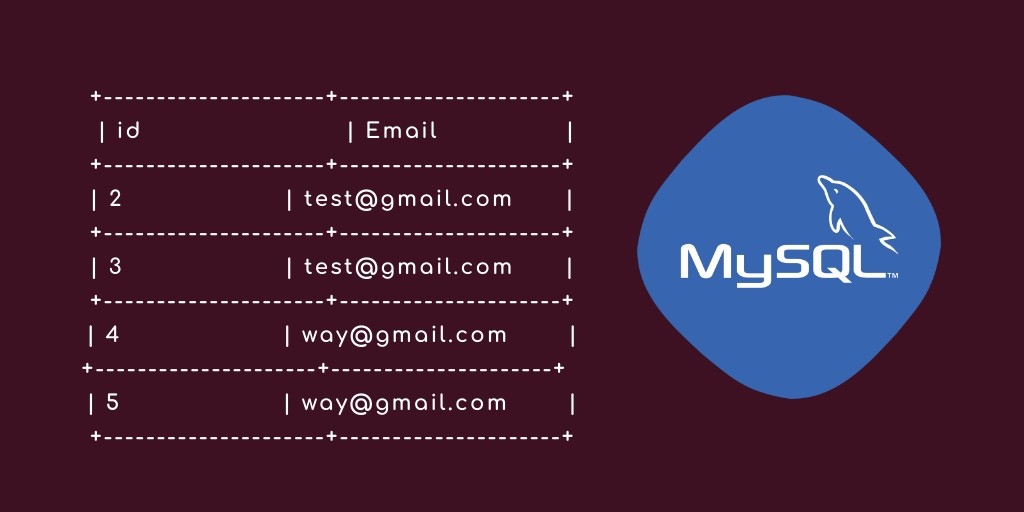As web designers, are we diametrically opposed to search engine optimization? We know that, at its center, web design is about elevating bland information on a screen into something aesthetically delightful and intuitively recognizable. It’s also about communicating an idea with other humans. Cave men had cave paintings, Ancient Egyptians had hieroglyphs, modern man has web design. Yes, it’s just that important.
So, what happens when the message you’re trying to communicate to other humans must first pass through the unrelenting eye of an emotionally crippled robot? That robot cannot compute the value of aesthetics. On the contrary, it can only operate off of its limited algorithm.
This is precisely why many designers have given up trying to please the robot called SEO.
What is SEO?
SEO stands for Search Engine Optimization. It’s the strategy of developing and improving your website so that it ranks highly on search engine result pages, preferably on the first page of results. We know that at least 75% of searchers never scroll past page 1 on Google. This means that we must make it to the first page in order to be considered by the vast majority of searchers.
Why is SEO Important to Web Designers?
The quick answer? Because it’s important to your clients.
The longer answer? According to this research, over 571 websites are created every second. Every second. With all of those websites, your own website has the high probability of being lost forever in the abyss known as “Beyond Page 1 of Google”
Top 5 Best Practices
Let’s take a look at the top 9 best SEO practices for web designers.

1. Site Structure
When it comes to SEO, the structure of your website is one of the most important factors. Site structure is all about how your web pages link together. Search engine crawlers judge your site’s value based on the way it’s set up. File hierarchy and site maps play crucial roles in whether or not you get a high ranking page.
If you want to be found by the majority of visitors searching for your associated keyword, nothing will get you there and keep you there faster than a logical layout that’s easy to crawl. Remember, if the robots are happy, everyone’s happy.
As a basic practice, don’t allow radical, rebel, isolated pages on your site with no links in or out. As a healthy website, all of your pages should be connected and functional. It should also flow logically and efficiently.
2. Easy Navigation
Along with logical flow, navigation must be a top priority for any web designer who’s interested in search engine optimization.
For navigation, shallow is better. With a shallow architecture, users are able to access any page in as few links as possible. This also refers back to site architecture.
There’s good news for JavaScript aficionados: Googlebot can now process JavaScript. However, that’s not an invitation to go crazy with JavaScript menus, because the crawlers are still very limited, and may give up when they encounter complicated language.
When it comes to navigation, don’t try to reinvent the wheel. Make it simple, make it short (eight options or less), and make it usable.

3. Meta Description
Even if you’re unfamiliar with the term, you’re definitely aware of what it is. A meta description is the little snippet on the search page that provides an overview for what your page is about. Each page on your website will have a meta description. These descriptions are 160 characters or less.
The meta description is your perfect opportunity to entice visitors to click your link. It’s also a way to get noticed for your keyword, because Google scans and highlights user-searched keywords in your meta description.
Keep in mind that it’s not necessary to write a meta description for each page on your site — just the most important ones. Make sure that you don’t duplicate your meta descriptions for multiple pages. If you haven’t written your own meta description, Google writes one for you.
With Google’s recent announcement of doing away with Authorship pictures, the meta description is more important than ever.

4. Content
I cannot bear to choke out that tired phrase about content being royalty, but we all know content is increasing in importance. Gone are the days of content stuffing and invisible text. These days, robots are smart enough to know what sounds right.
Search engines reward longer posts. If you have a blog (which I strongly recommend), it’s important to take the time to craft content that will bring value to your site. If you’re more of a designer than a writer, hire someone who can help you.

5. Optimized Images
Ever come across DCIM34292.jpg? Yeah, me too. When you don’t take the time to name your images, you’re losing valuable SEO. Think of how great it would be to rename that same image in accordance with what it is — for example smithers-web-design-mock-up.jpg. Not only are you clearly explaining what the image shows, you’re also maximizing your keywords.
Another important way to optimize your images is by including Alt Tags. These tags show up on the browser when an image can’t load. It can also appear when you hover over the image.





